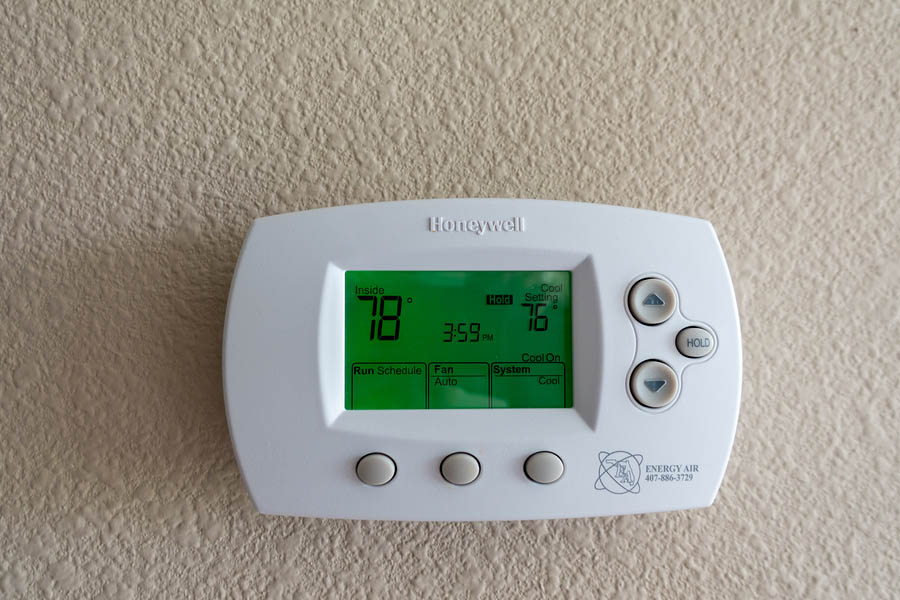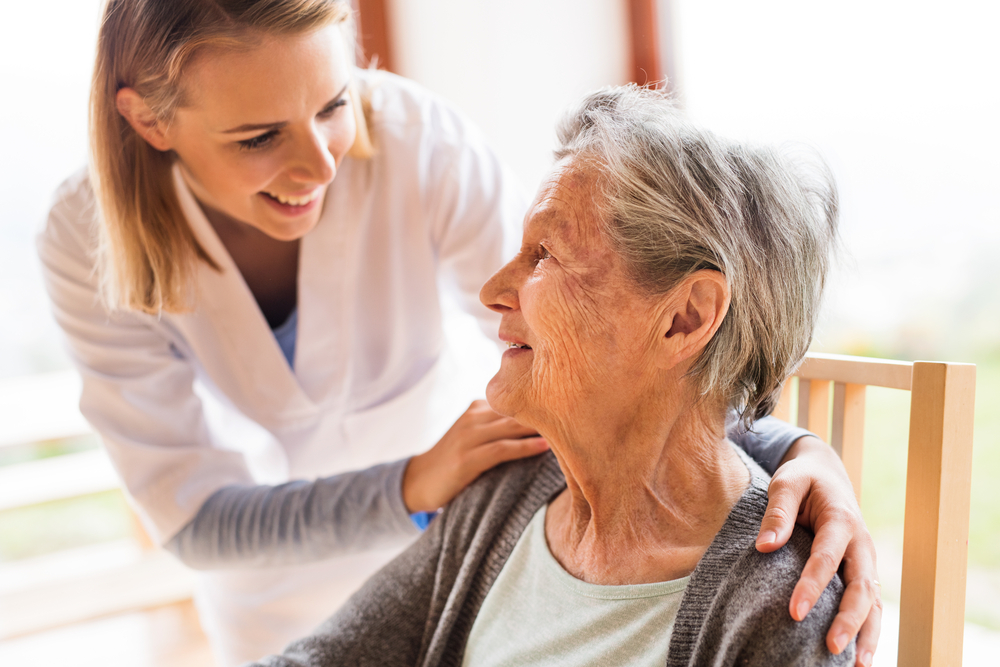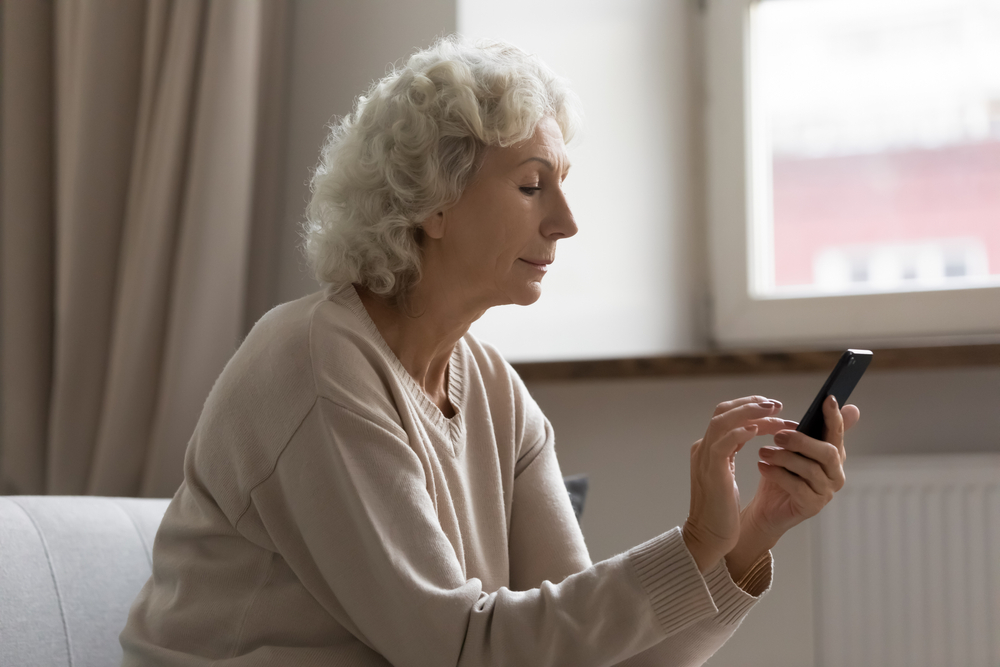Ideal Room Temperature for Elderly Adults
Category:

For the elderly, maintaining the right indoor temperatures isn’t only a matter of comfort, but also a matter of health. During the summer months, seniors can be at an increased risk for heatstroke. During the winter, the risks are just as severe. But what is the ideal room temperature for an elderly person?
Cold Rooms Are Dangerous
According to research in the journal Age and Aging, it only takes 45 minutes for a chilly room temperature to have a significant impact on the elderly. It’s enough time for strength to decrease in most major muscle groups. That includes the quadriceps, which are necessary for standing and walking.
Some people are more vulnerable to these effects than others, especially with poor health, and especially if exposed to low temperatures for more than 45 minutes. With reduced strength, safety and independence can be threatened. There’s even an increased risk of suffering a fall.
As such, it’s not uncommon for seniors to become injured by trying to save a few bucks on a heating bill. But instead of lowering temperatures to dangerous levels, consider trying safer alternatives, like drawing the curtains and blinds. You may also want to investigate weatherization programs for seniors.
Safe Room Temperature for Elderly People
When it comes to ambient room temperature, different people have different comfort zones. That’s because a variety of factors can impact how warm a person feels. For example, body heat is necessary for maintaining heat. People who do not maintain their weight have a tougher time staying warm.
Apart from the room temperature, there are a variety of things which can affect a person’s sense of warmth. Poor hydration, anemia, insufficient sleep, and vitamin deficiencies in B-12 or iron can all contribute to feeling cold. Feeling chilly can also be a side effect of several medications.
In short, the ideal room temperature for seniors varies slightly because it can be impacted by a person’s health. However, the average room temperature for elderly people is in the neighborhood of 78°F. Comfort aside, those warmer temperatures are also more effective at reducing the spread of disease.
Bedroom Temperatures & Avoiding Hypothermia
As with the ideal temperature, the lowest safe room temperature for elderly individuals varies slightly from person to person. However, the minimum safe temperature for seniors is generally regarded to be around 65°F.
Bedroom temperatures for elderly people are in the same neighborhood. But since regular movement helps generate heat, and people don’t move much in their sleep, an electric blanket can also be helpful to maintain a healthy temperature.
Rooms lower than 65°F won’t only affect muscle strength and mobility, there may also be an increased risk of hypothermia. Elderly people have a tough time maintaining body heat, which makes contracting hypothermia much easier. When a person’s body temperature drops below 95°F, the result can be kidney problems, liver damage, or even a heart attack.
The Ideal Room Temperature for Elderly People
The ideal room temperature varies slightly from one person to the next. But provided that you maintain temperatures somewhere between 65°F and 78°F, the rest is a matter of personal preference.
Subscribe
Date: October 3, 2019
Category:


